Selecting the right gate system is key to securing properties, especially in commercial and industrial settings. Among the wide variety of options available, sliding, swing, and bi-fold security gates are some of the most popular choices.
Each of these three types of security gates have their own advantages, making them suitable for different applications. In this article, we explore the key features of sliding, swing and bi-fold security gates to help you identify the best option for your premises.
Sliding Security Gates
Sliding security gates operate by sliding horizontally along a track. Since they do not require a clearance area for swinging, they are an ideal option for properties with limited space or where a wide entrance needs to be secured.
Available in various materials and designs, sliding gates are versatile and suitable for both residential and commercial settings.
Sliding gates are well-suited for automation, allowing for convenient remote operation via keypads, remote controls, or sensors. This is especially useful for areas where you want to control access.
With minimal moving parts, they do not require a lot of maintenance aside from regular cleaning and lubrication of the tracks, to ensure smooth operation.
Swing Security Gates
Swing security gates operate like traditional doors, swinging inwards or outwards on hinges. They are a popular choice for residential properties and smaller commercial applications, and are often more affordable than other gates, especially for smaller entrances.
Swing gates offer a straightforward installation process and require minimal maintenance, making them an efficient and reliable security solution.
With their traditional design, swing gates can enhance the aesthetic appeal of a property and provide a more welcoming entrance compared with sliding gates. Like sliding gates, swing gates can also be automated for increased security and ease of operation.
Swing gates require sufficient clearance space to swing open, which may not be feasible for properties with wide entrances, limited space, or uneven terrain.
Bi-Fold Security Gates
Bi-fold security gates consist of two panels that open inward or outward. They offer a combination of space efficiency, rapid operation, durability and enhanced security, making them suitable for various applications.
The folding mechanism and compact design of bi-fold gates means that they require minimal clearance space, making them ideal for properties with limited capacity.
Bi-fold gates offer quick opening and closing speeds, perfect for high-traffic areas and enhancing access control by limiting the time the gates remain open. They can also be automated for added convenience and security.
Bi-fold gates may require more complex installation compared to sliding or swing gates, particularly for automated systems.
The ideal type of security gate for a property is ultimately dependent on the available space, aesthetic preferences, security requirements, and budget constraints. Carefully evaluate these factors and consider the specific needs of the property when choosing your security gate.
For professional advice and support with identifying the best security gate for your property, get in touch with our team of experts at Gateway Automation on 01522 682255, or email info@gatewayautomation.co.uk.
With over 40 years of combined experience and expertise, Gateway Automation offers a value-for-money service with well-engineered and high-quality security systems and barriers, manufactured to your specific requirements.

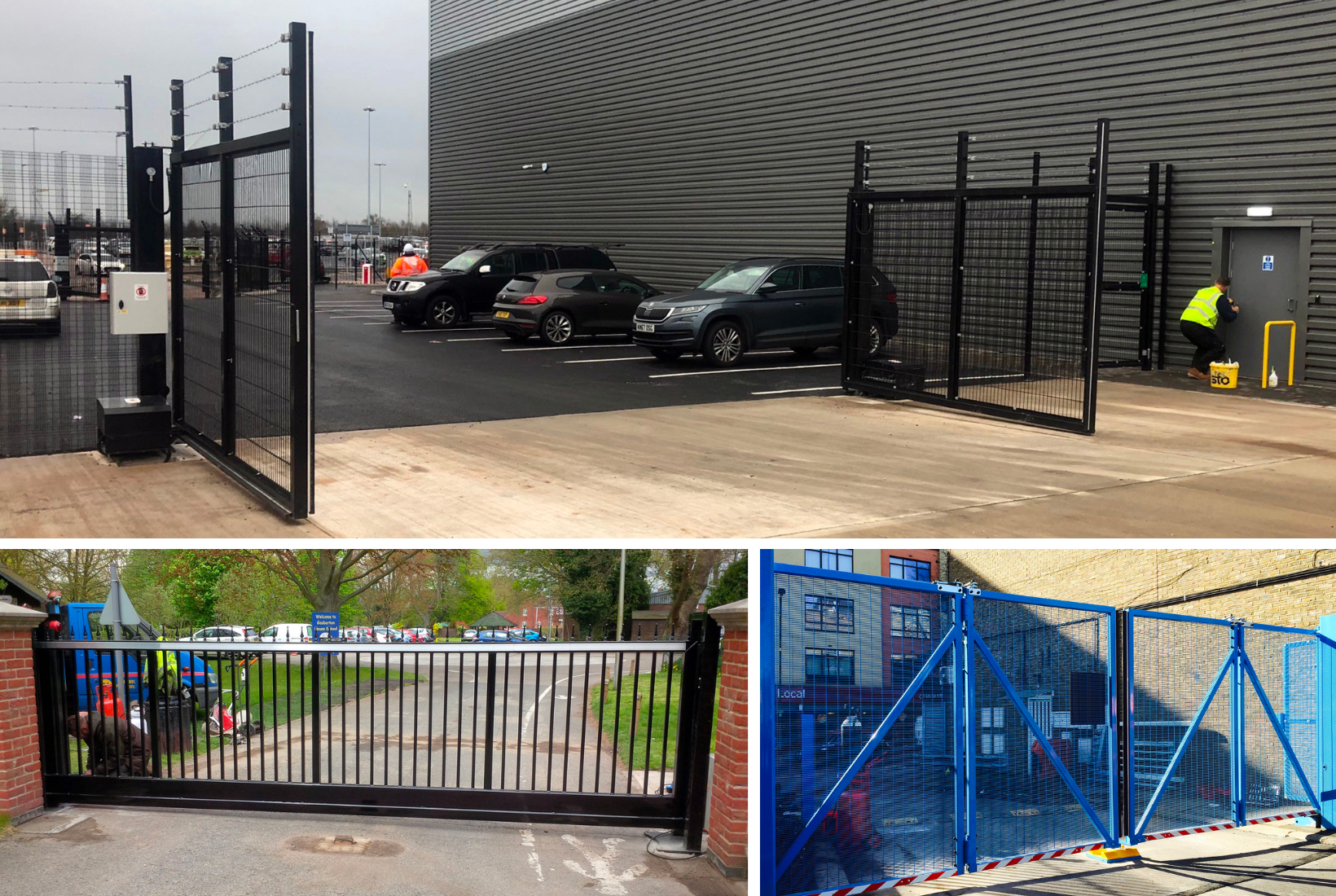


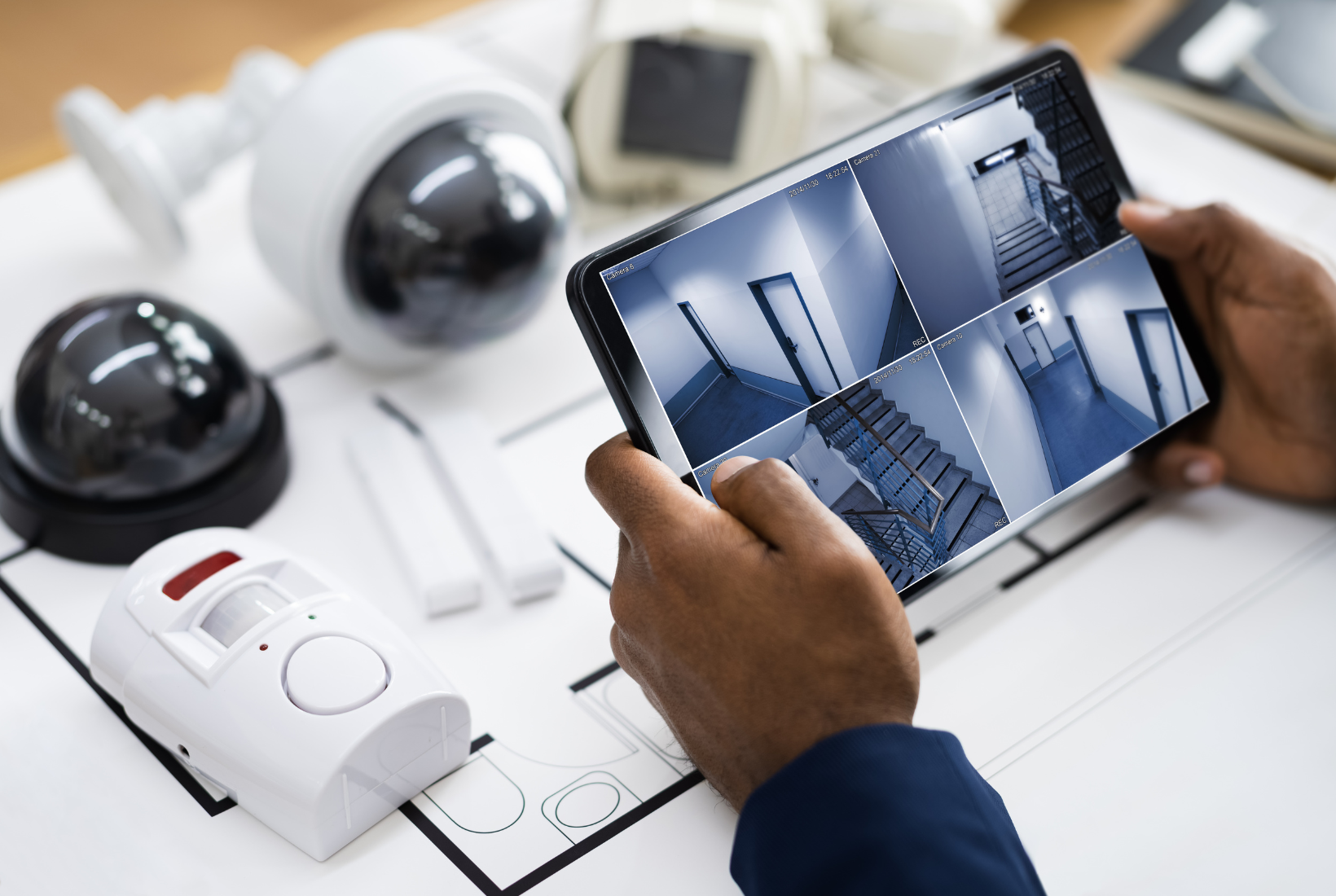
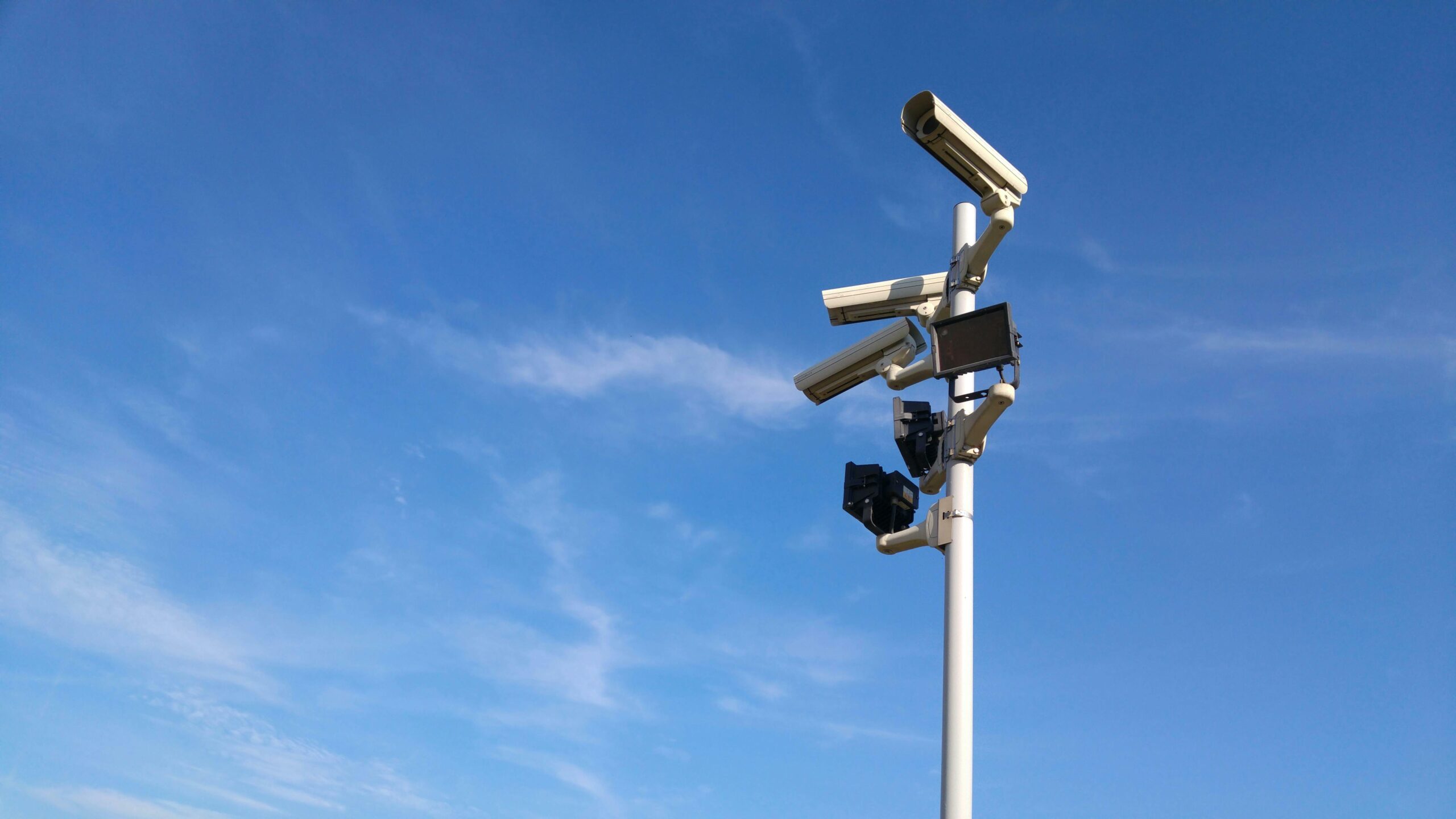
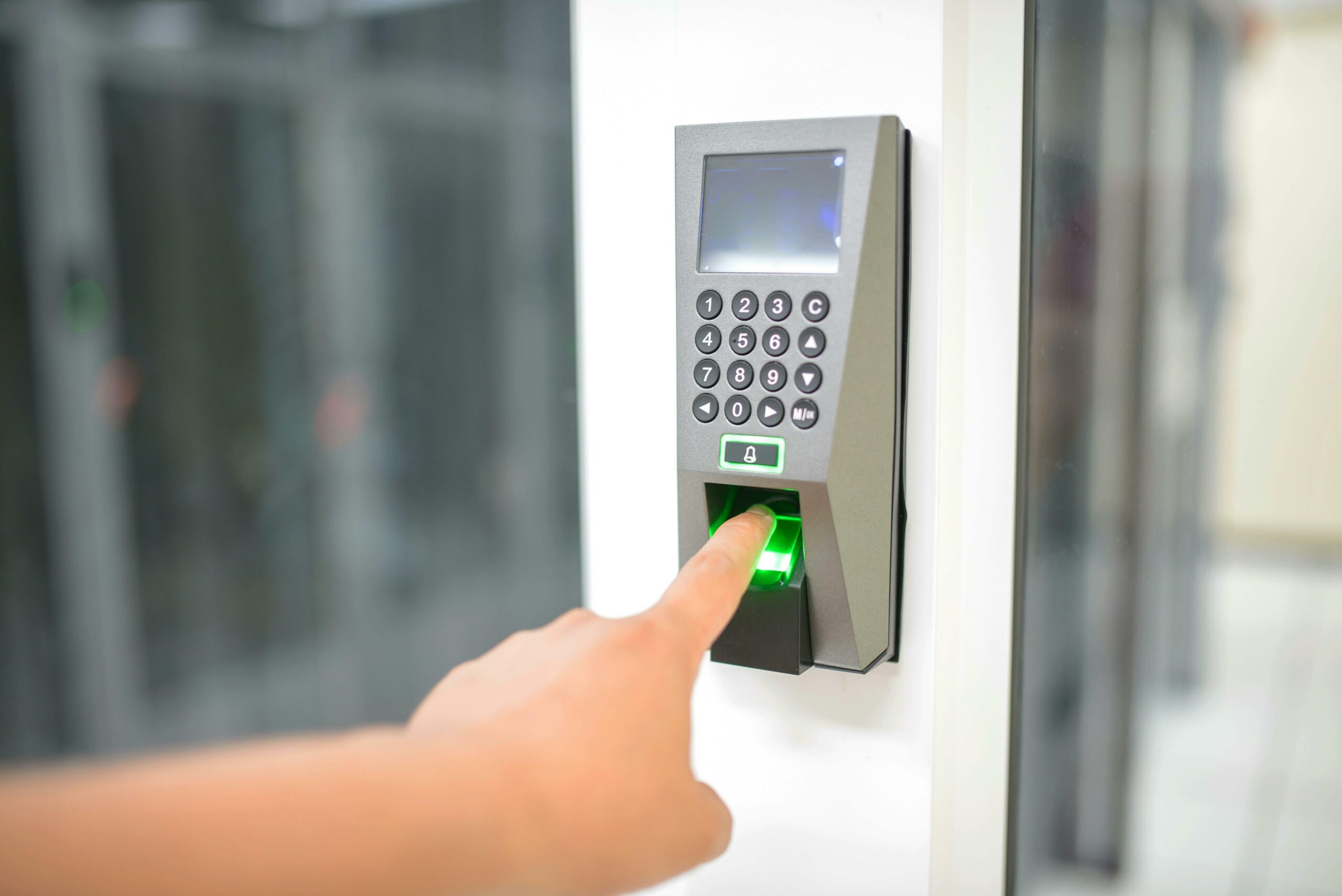
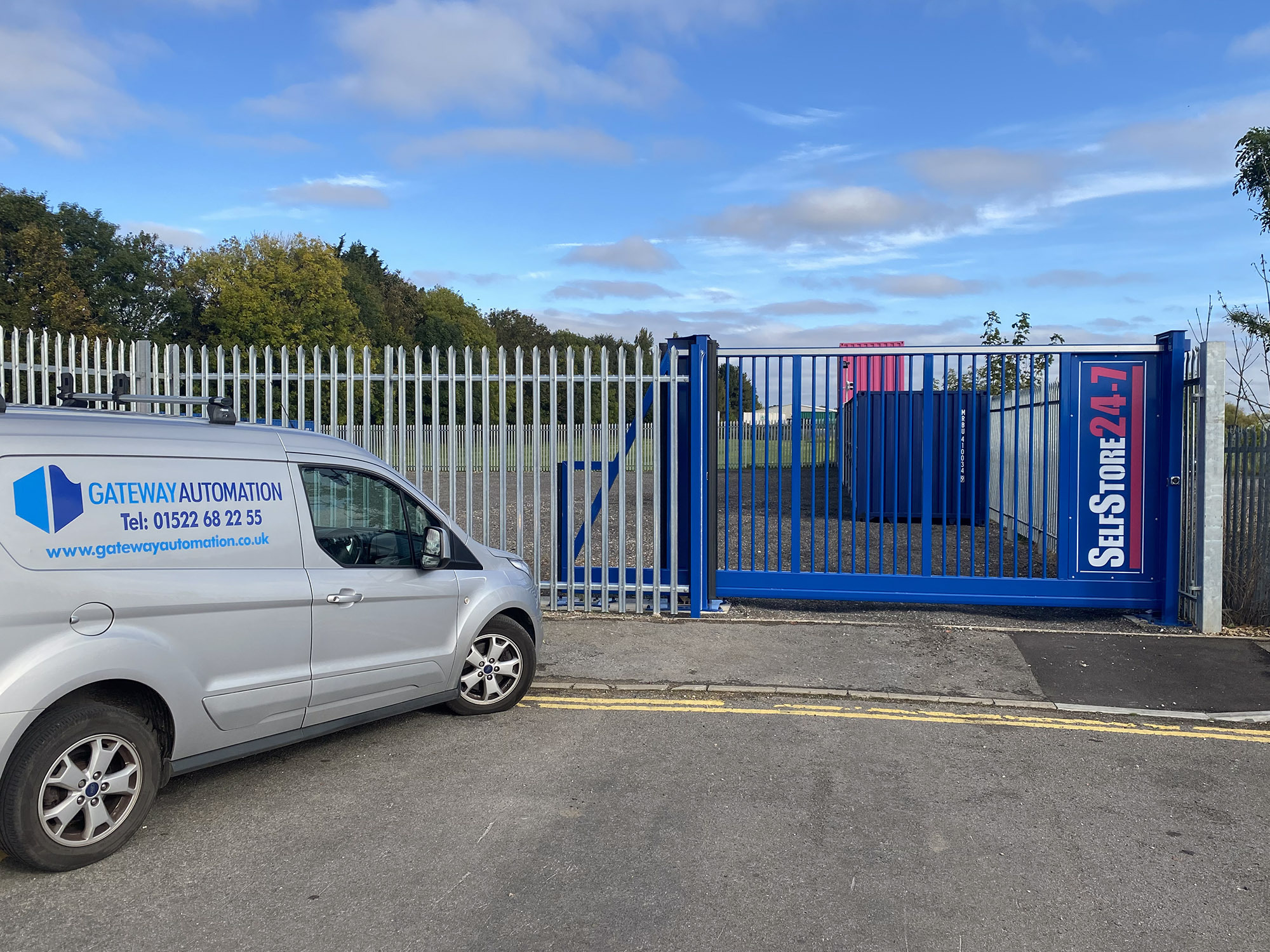



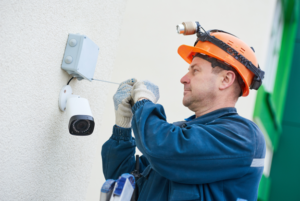
Recent Comments